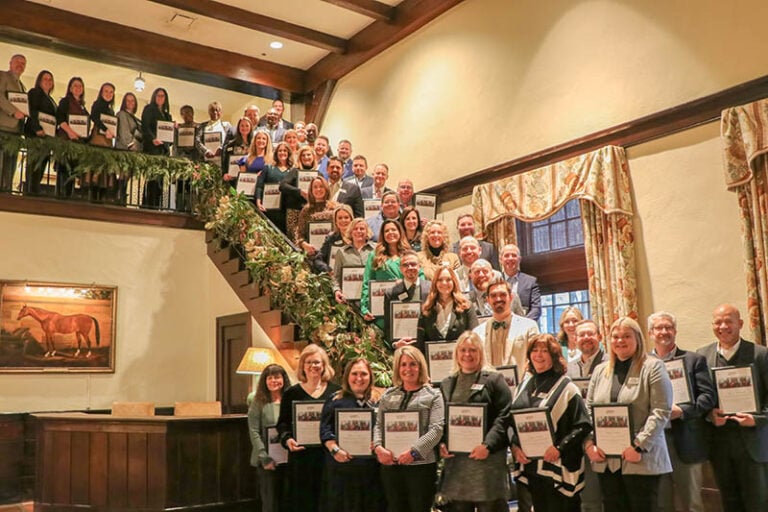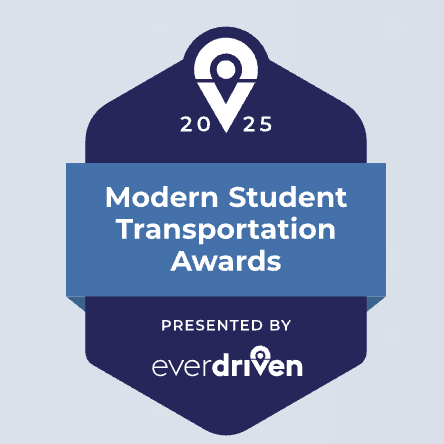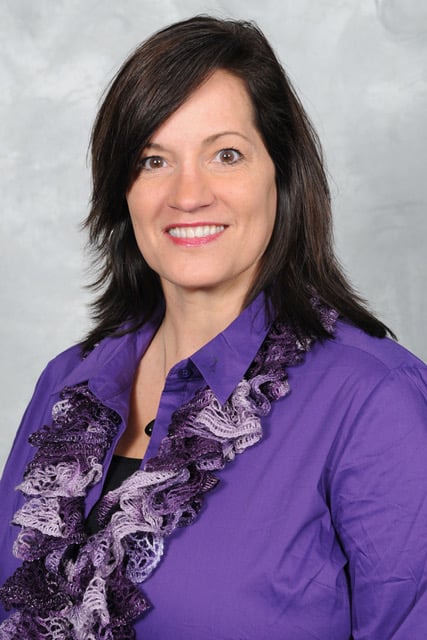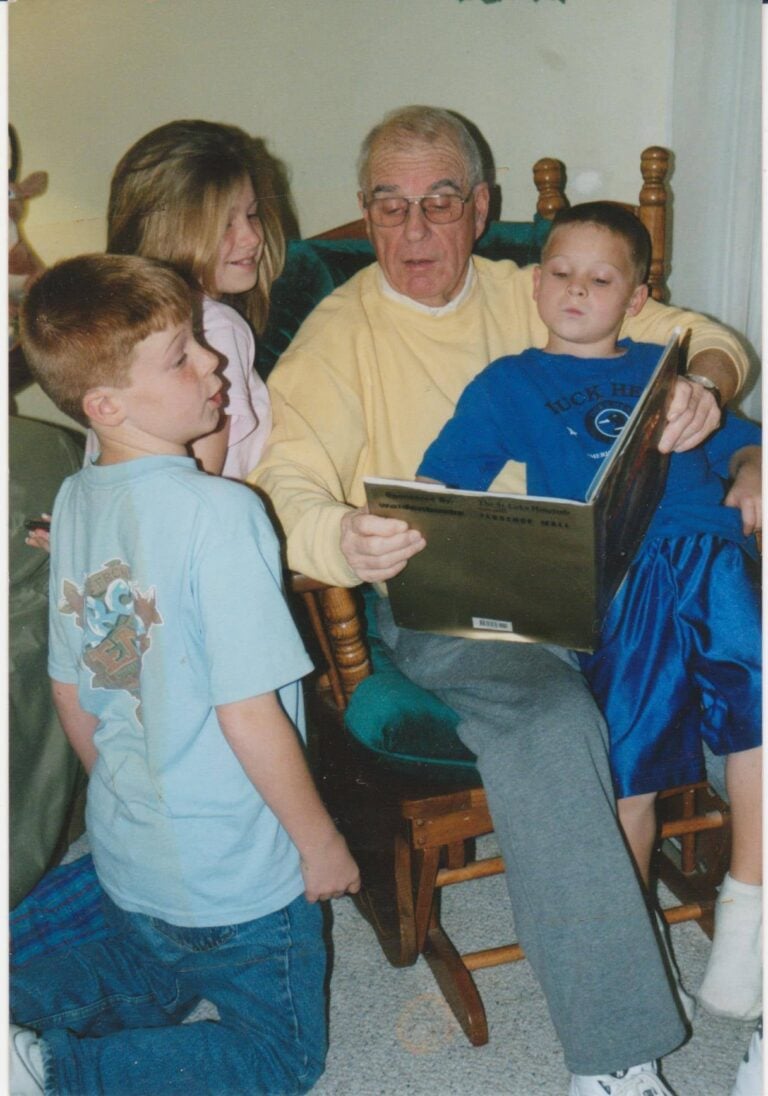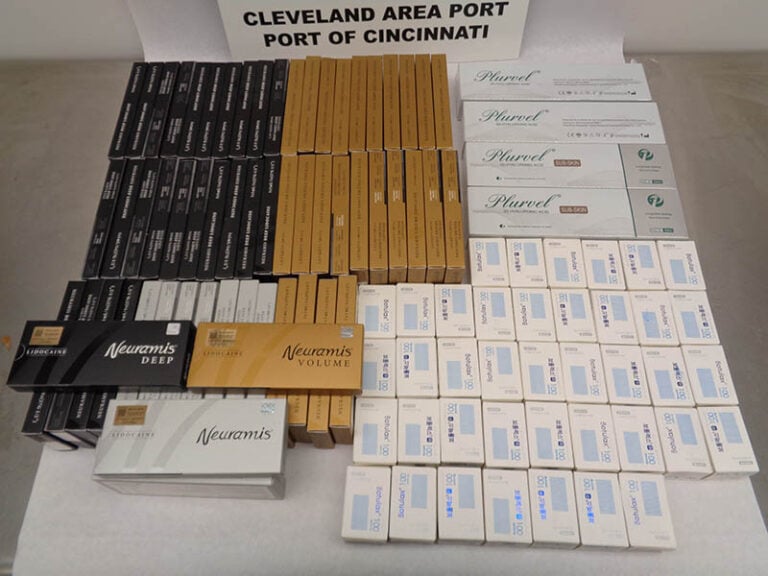
By Mark Neikirk
NKU’s Scripps Howard Center
Ronnie Chamberlain’s classroom had the look a doll factory. Headless torsos, some dressed, others not, rested beside boxed dolls that were finished and ready for delivery. All around were sewing machines, scissors, rotary cutters, and remnants in every imaginable pattern and color of cloth. They were the raw materials for TAR 262: Costume Construction.
Professor Chamberlain has long taught Costume Construction by asking her students to design and construct mini garments. The smaller scale always worked well.
“It requires small amounts of materials, overhead and time,” Professor Chamberlain said. “The materials go further, and students experience more variety and are under less pressure.”
The way she was teaching the class worked. But as the Fall 2015 semester approached, Chamberlain wanted a little more. She wanted to find a way for her students to interact with the community, which led her to the Scripps Howard Center for Civic Engagement, the office at Northern Kentucky University that connects classes to project-based learning opportunities in the community. There she learned about NKU’s Mayerson Student Philanthropy Project.
There’s a framework for Mayerson classes. Typically, a class has $2,000 to invest in a community cause or need. A class trying to address local hunger, for example, might award its mini-grant to a local soup kitchen or a community garden. A music class might invest in a community youth orchestra. An acting class might select a neighborhood theater troupe. But if there’s one thing you can say about NKU’s Mayerson classes, it is this: No two are exactly the same. Each professor and each group of students put their own stamp on each class. Thinking outside the box is encouraged.
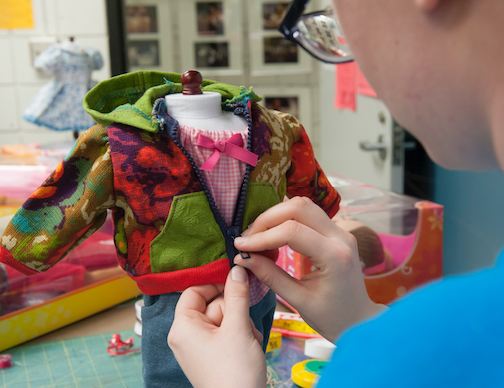
Making the doll costume. For TAR 262, the idea emerged of using the class money to purchase dolls, each of which came from the factory dressed plainly. Students would design and make clothes for them, creating an array of colorfully, creatively costumed dolls. Meanwhile, the class would also look for local nonprofits serving underprivileged children, where the finished dolls – dressed and boxed – would be delivered.
To meet the learning outcomes for the class, Chamberlain had to teach her students how to sew for the theater, a skill that is technical and complex. “Sewing is one of the most frustrating tasks a person can learn. It requires a huge amount of patience and focus,” Chamberlain said. Out of 15 students, three had never sewn in their lives. Five had only hand-sewn buttons or repaired a tear. The others knew a little more, having been taught by a relative or by YouTube.
“The power to decide where the clothes were going changed everything in terms of the quality of the output,” Chamberlain said. “Students took great care to design clothing that a child would like and think is cool. They took the time to test them and sew them with quality.”
She recalled one class period when students were particularly frustrated. Whining was up, quality of work down. One student asked: “Will this be good enough for the zipper, I really don’t want to fix it?” Calmly,
Professor Chamberlain answered with a question of her own: “How would you feel opening that on
Christmas morning?”
The idea of something being “good enough” never came up again.
“In a normal class, I get that type of question eight or nine times a day,” Chamberlain said. A switch had been flipped. The student philanthropy component had made students more interested and attentive to the class and what was being taught. That result was not just anecdotal. A survey at the end of the class found that 89 percent of the TAR 262 students believed the philanthropy component heightened their learning and their application of what was being taught.
The student philanthropy component also stimulated classroom dialogue unlike any Chamberlain had heard before. The students had chosen two agencies, the DCCH Center for Children and Families in Fort Mitchell and the Brighton Center in Newport, that serve children who have known poverty, abuse, and neglect. Thinking about those places, the TAR 262 students began to open up to one another. It started as they remembered dolls that they’d had as girls. One student told her classmates, “I was so shy. I carried that doll everywhere. I would talk to the doll rather than adults.”
Another told of her time in homeless shelters and foster care, where she was given a doll she cherished. A third told of a nondescript doll given to her one Christmas by a local charity. “It was the only toy I received that year,” she said. “I still have her. She was my first friend.”
As they realized how important dolls had been to them through difficult times, the students grew more excited about the prospect of giving dolls to the children served by DCCH and the Brighton Center. The class had 48 dolls to split between the two agencies, along with some toys that the students collected in a toy drive just in case some of the children at the agencies wanted Legos, stuffed animals, superheroes, or other toys instead of dolls.
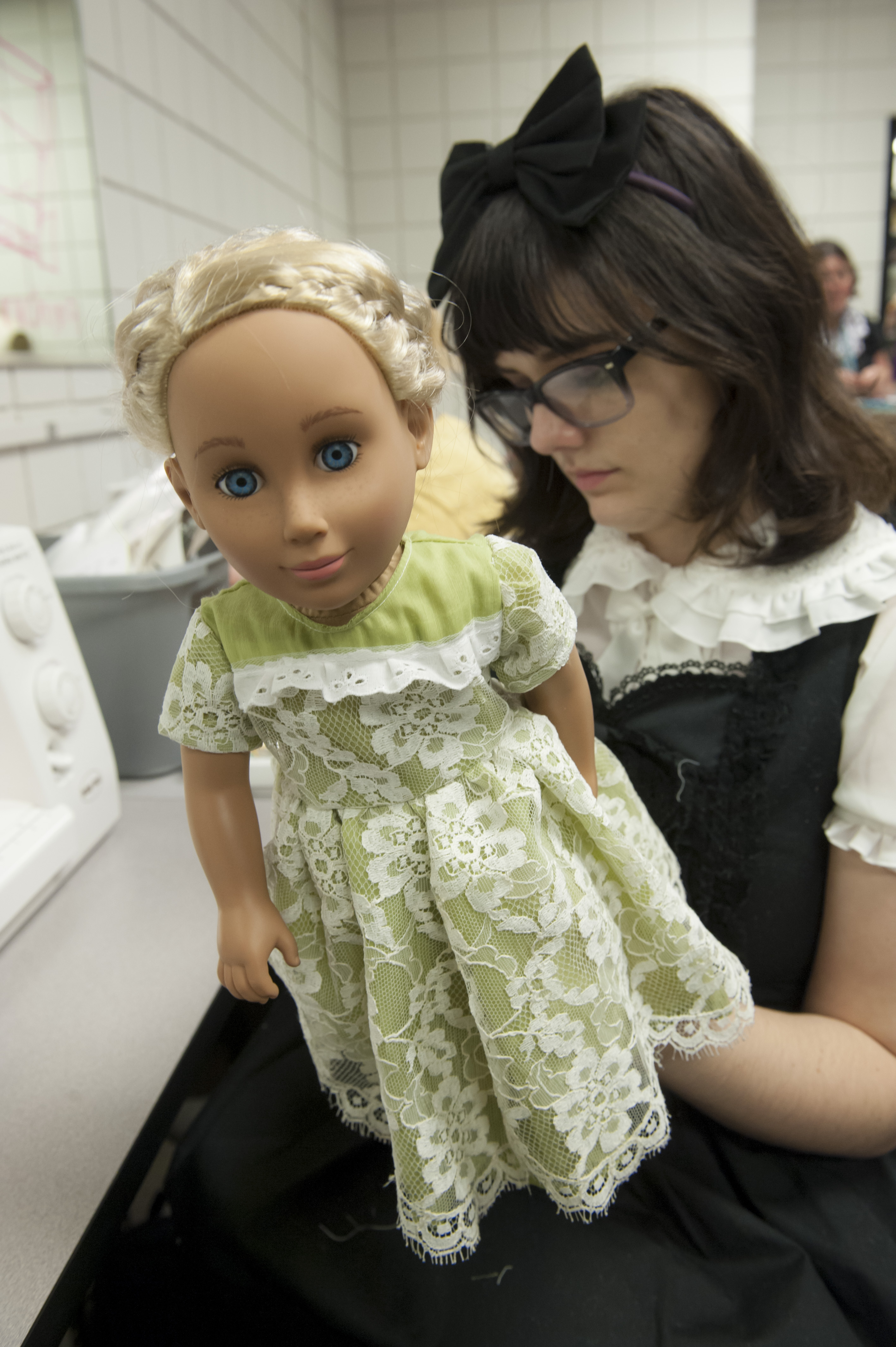
On the receiving end, the agencies and the children they serve could not have been more pleased. The
DCCH used some of the dolls and toys as Christmas presents, and held some back for children entering the program in the coming year. “I thought this was a wonderful service learning project for everyone,” said Paul Miller, DCCH’s development director. “The students were involved and engaged. They did something hands on. They got connected emotionally to our mission to help these kids. For me, it was a pleasure working with the students and seeing their enthusiasm and creativity. I would encourage other student classes to have this experience. We hope to be invited to partner again sometime.”
For Professor Chamberlain and her students, the experience was transformative. One of her students enrolled to volunteer at the Brighton Center, another at DCCH, and another at a home for young moms, the Madonna House. It wasn’t chosen by the class, which had to select no more than two agencies. But the student was so taken by the Madonna House mission and good work that she signed up to teach the young moms how to replace buttons, remove stains, and repair their kids clothes.
“It was amazing,” Chamberlain said. “Not only did it amplify student learning outcomes, it amplified my students’ sense of awareness and desire to go forth in the world.”
Furthermore, the class ended up supplementing their gift with a toy drive. In all, they were able to donate $6,490 in toys and other gifts – far more than the initial investment of $1,200 to purchase 48 uncostumed dolls.
Incorporating student philanthropy into the class worked so well that Professor Chamberlain added student philanthropy to two of her classes for the current, Fall 2016, semester: TAR 366: Costume Design again plus TAR 160: Stagecraft.
The Stagecraft students made decorative pillowcases, which they will be awarding to the Ronald McDonald House Charities of Greater Cincinnati. That and other awards from nine student philanthropy classes at NKU this semester will be announced at the program’s fall celebration at 4 p.m. on Nov. 29 in the Student Union Ballroom.
Meanwhile, TAR 366 is raising funds through an online crowdsourcing effort. It’s easy to donate the students’ Changing Clothes, Changing Lives campaign: https://impact.nku.edu/project/3433.
Mark Neikirk is director of the Scripps Howard Center for Civic Engagement at Northern Kentucky University.











